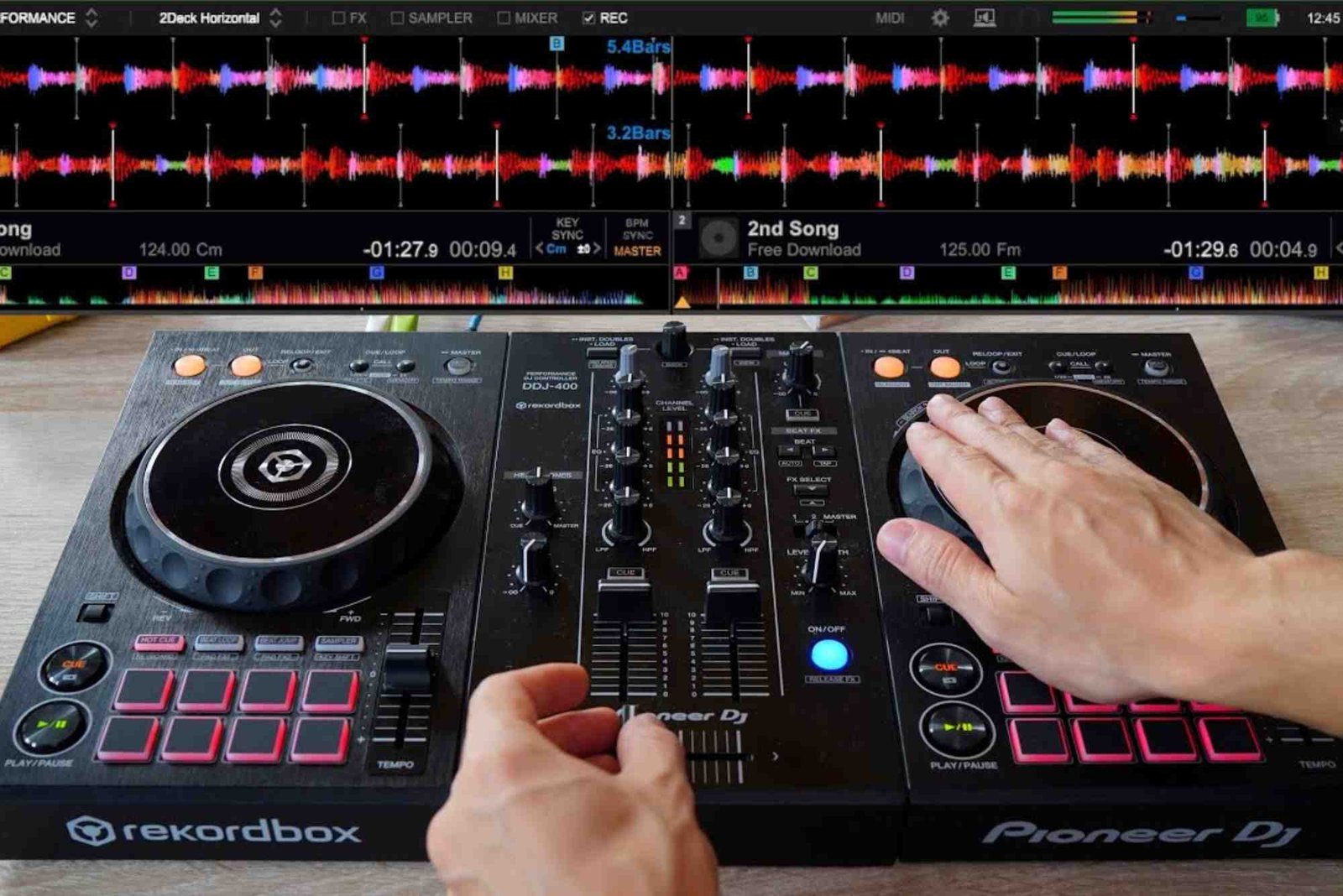Introduction
Remixing is one of the most creative ways to transform a song into something new. Whether you want to experiment, sharpen your music production skills, or release a fresh take on a popular track, learning how to make a remix of a song step-by-step gives you control over your artistic style. In this guide, you’ll learn each stage of the remixing process with real techniques used by producers.
If you’re exploring more remix-related tutorials, you may also check How To Make and How To Make A for helpful insights.
Every remix starts with inspiration. When you understand how to make a remix of a song step-by-step, you gain the ability to reshape melodies, shift rhythms, and rebuild a track from the ground up. This guide covers essential tools, remixing techniques, and production tips so you can create a remix that sounds professional—even if you’re a beginner.
Choosing the Right Song and Getting Permission
The remixing process begins with selecting the perfect song. Your choice impacts the final sound, so pick a track that resonates with you.
Song Selection Tips
Look for songs with strong vocals or memorable melodies. These elements give you more room to build creatively.
Permission and Rights
If the song does not come with an official remix pack, seek permission from the copyright holder. Even if your remix is for fun, proper authorization protects you when sharing it online.
Extracting or Obtaining Stems
Stems are the building blocks of a remix. They isolate vocals, drums, bass, and other elements.
Why Stems Improve Your Remix
Stems allow you to rearrange and redesign the song without losing quality. You can mute parts, add new ones, or change the entire feel.
Tools for Stem Separation
AI-powered stem tools help separate audio if official stems aren’t available. They produce clean enough results for remixing.
Importing Stems Into Your DAW
A Digital Audio Workstation (DAW) is where your remix takes shape. Import your stems into tools like FL Studio, Ableton Live, or Logic Pro.
Organizing Your Project
Label each track and group similar sounds. This simple step keeps your workflow clean and efficient.
Matching Tempo and Key
Set your project BPM and key to match the original track before you start modifying anything.
Creating a New Arrangement
This is the heart of remixing. Your arrangement determines how different your remix will sound.
Change the Groove
Add new drum patterns, shift the rhythm, or create a completely different drop. Small changes can drastically alter the vibe.
Introduce Fresh Chords
Reharmonizing with new chord progressions adds uniqueness while keeping parts of the original track recognizable.
Adding Your Own Sounds and Effects
A good remix blends original elements with your personal touch.
Sound Design Choices
Use synths, pads, guitars, electronic textures, or even atmospheric effects. Choose instruments that match the mood you’re aiming for.
Using Effects Creatively
Reverb, delay, sidechain compression, and filters help reshape vocals and instruments. Use effects tastefully to maintain clarity.
Timing, Pitch, and Rhythm Adjustments
Once your new elements are in place, ensure everything fits together seamlessly.
Time-Stretching
Modern DAWs allow tempo changes with minimal distortion. This lets you adapt the song to your preferred style.
Pitch Shifting
Adjusting the song’s key can open creative doors. Make sure vocals still sound natural.
Shaping the Full Arrangement
Review your track from start to finish. Smooth transitions enhance the listener experience.
Build Energy Gradually
Introduce new elements progressively. Use risers or soft impacts to transition between sections.
Compare With Professional Remixes
Study popular remixes to understand pacing, energy flow, and structure.
Mixing the Remix
A strong mix keeps everything clear and balanced.
EQ and Compression
Remove unnecessary frequencies, enhance clarity, and control loud parts without flattening your sound.
Panning and Space
Use the stereo field to give instruments room. This adds depth to your remix.
Mastering the Track
Mastering is the final polish that prepares your remix for release.
Final Loudness Levels
Aim for a balanced yet powerful sound. Avoid pushing the limiter too hard.
Subtle Enhancements
A gentle high-end boost or soft saturation can make your track sparkle.
Exporting and Sharing Your Remix
Export your remix in high-quality audio formats like WAV or 320kbps MP3. Then upload it to platforms like SoundCloud, YouTube, or Beatport Play—depending on your goal.
Learning how to make a remix of a song step-by-step helps you grow as a producer and strengthen your creative identity. Start with simple projects, experiment with new sounds, and refine your techniques over time. If you want additional creative guides, explore the Related article on buddypackaging.co.uk for more insights.
FAQs
How do I legally remix a song?
You need permission from the copyright owner unless official stems are provided for public use.
What software is best for remixing?
Ableton Live, FL Studio, and Logic Pro are popular choices for both beginners and professionals.
How do you change the style of a remix?
Producers adjust tempo, drum patterns, harmonies, and sound design to create a new feel.
Is it possible to remix without stems?
Yes, but stems make the process easier. AI-based stem splitters are useful alternatives.




